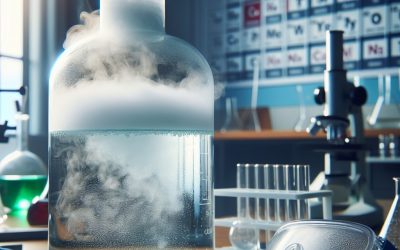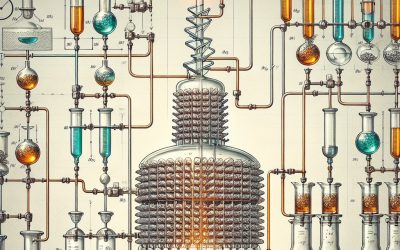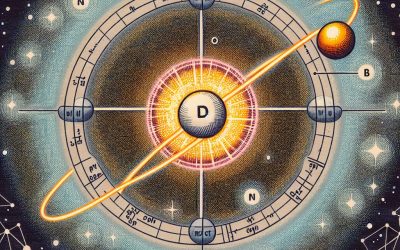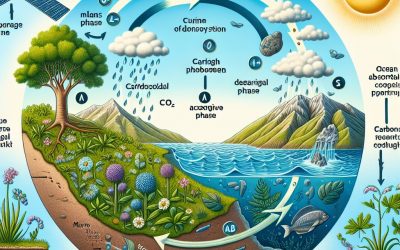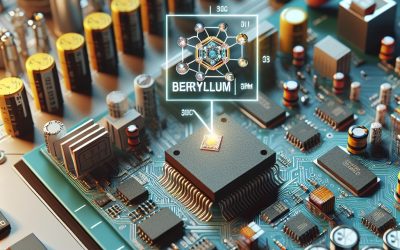Liquid Nitrogen
Liquid Nitrogen is nitrogen gas (its normal state on earth) that has been cooled sufficiently enough for it to change into its liquid state. What is liquid Nitrogen? Where Does Liquid Nitrogen Come From? Use of Liquid Nitrogen Use of Liquid Nitrogen in Science Medical...
Lithium – alkali metal
Lithium is a soft silver-white metal with a range of applications including medication,batteries and fireworks. Basic Information Discovery of Lithium Sources of Lithium Uses of Lithium Lithium Tablets Lithium Batteries Lithium In Fireworks Lithium’s Cell...
Hydrogen
Hydrogen is the lightest and most abundant element in the universe. Basic Information Discovery of Hydrogen Sources of Hydrogen Uses of Hydrogen The Hydrogen Bomb Airships Hydrogen Fuel Cells Hydrogen’s Cell Structure Absorption Lines of Hydrogen Emission Lines of...
The Lighter Side of Science: Exploring the Wonders of Helium (He)
The Lighter Side of Science: Exploring the Wonders of Helium (He) The Lighter Side of Science: Exploring the Wonders of Helium (He) Basic Information Discovery of Helium Sources of Helium Uses of Helium Liquid Helium in Superconductors Use of Helium by...
Fractional Distillation
Fractional Distillation is the process used to separate a liquid mixture into its component parts or in some cases individual elements. What is Fractional Distillation The fractioning chamber or fractioning column Fractional Distillation of Air Fractional...
Diamond Formation
Diamond formation occurs naturally in the earth’s crust but it is now possible to produce diamonds artificially in labs from any carbon. What Are Diamonds Age and origin of Diamonds Diamond Formation in The Earth’s Crust Diamond Formation through Plate Tectonics...
Deuterium
Basic Information Discovery of Deuterium Sources of Deuterium Uses of Deuterium Deuterium in stars Energy Production through Nuclear Fusion Ultra Dense Deuterium Deuterium’s Cell Structure Electron Orbit of Deuterium Absorption Lines of Deuterium Emission Lines of...
Carbon
Basic Information Discovery of Carbon Sources of Carbon Uses of Carbon Carbon Dating The Carbon Cycle Carbon Fibres Diamonds Carbon’s Cell Structure Absorption Lines of Carbon Emission Lines of Carbon ...
Carbon Fibres
Who Created Carbon Fibres? Development of Carbon Fibres Difference between Rayon, Pitch and PAN Carbon Fibres Manufacture of Carbon Fibres PAN Carbon Fibre Production through Pyrolysis High-Strength Fibres High-Modulus Fibres and Graphitisation ...
The Carbon Cycle
Plants to animals Fossil Fuels Calcium Carbonate Our planet has got many systems or cycles in place that allow for the re-use of materials which are vital for life. These include nitrogen, water and carbon. The recycling of these vital materials...
Beryllium
Basic Information Discovery Sources Uses Use in Telescopes Use in Satellites Cell Structure Absorption Lines Emission Lines Beryllium (named after the mineral, beryl, that it was originally isolated from)...


